Report this entry
More from the same community-collection
Photography by Marcela Idaly Flores
There is nothing more pleasing and rewarding than witnessing the ...
Photography by Maria G Carbajal de Dominguez
There is nothing more pleasing and rewarding than witnessing the ...
Photography by Mauro Jasso López
There is nothing more pleasing and rewarding than witnessing the ...
Photography by Mauro Jasso López
There is nothing more pleasing and rewarding than witnessing the ...
Photography by Mauro Jasso Vasquez
There is nothing more pleasing and rewarding than witnessing the ...
Photography by Mauro Jasso Vasquez
There is nothing more pleasing and rewarding than witnessing the ...
Photography by Michael Mendiola (Strange Studios Photo)
There is nothing more pleasing and rewarding than witnessing the ...
Photography by Michael Mendiola (Strange Studios Photo)
There is nothing more pleasing and rewarding than witnessing the ...
Photography by Omar Zuniga Renteria
There is nothing more pleasing and rewarding than witnessing the ...
Photography by Omar Zuniga Renteria
There is nothing more pleasing and rewarding than witnessing the ...
Photography by Patrick Donohue Craig
There is nothing more pleasing and rewarding than witnessing the ...











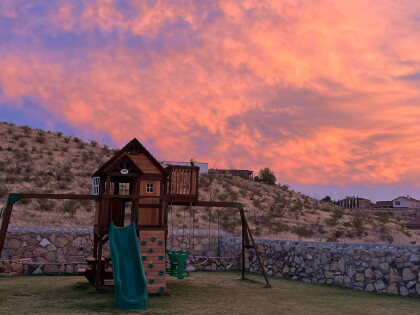
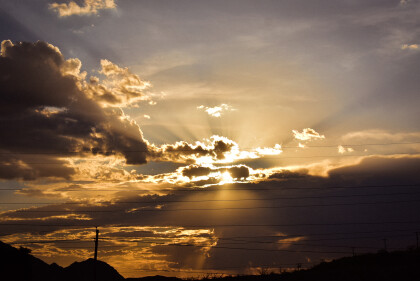
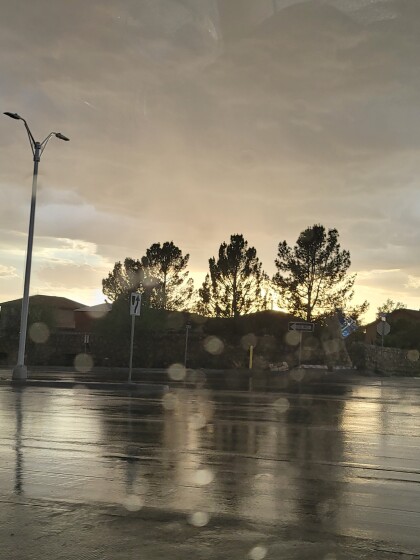
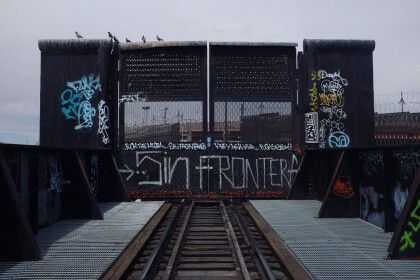
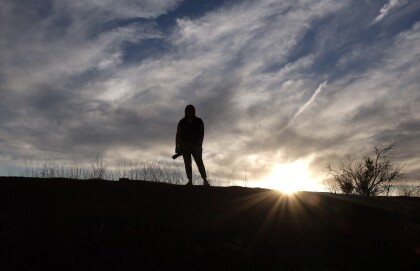
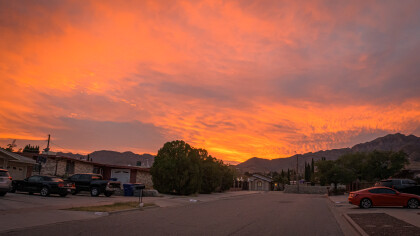
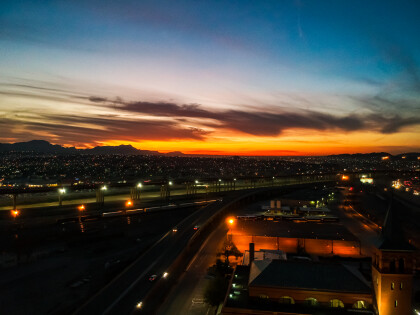
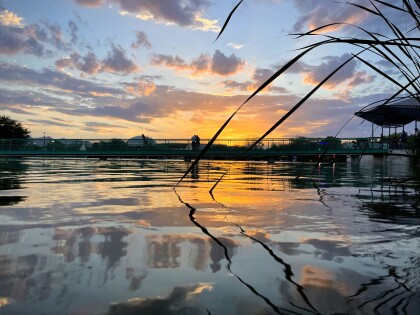
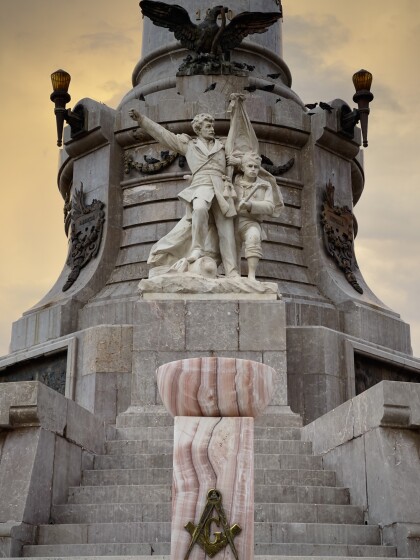
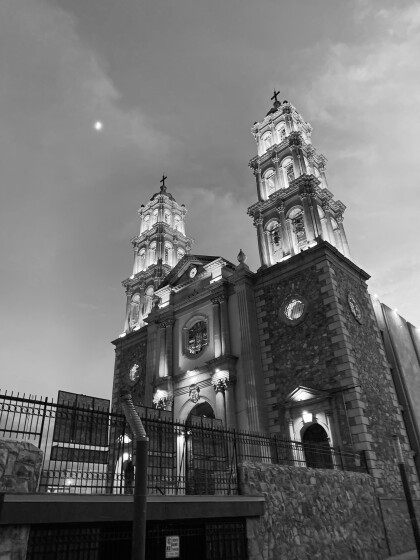
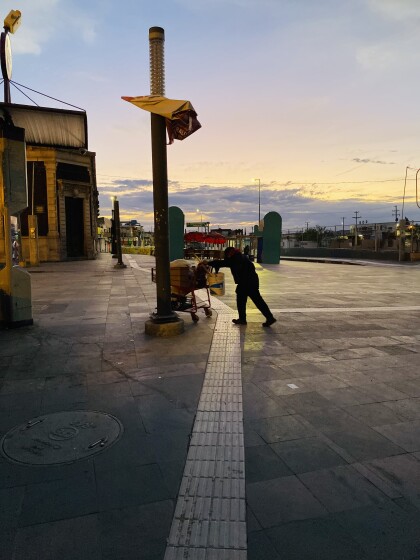
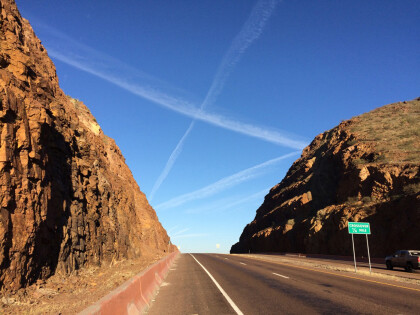
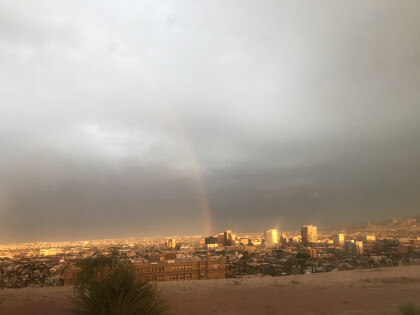
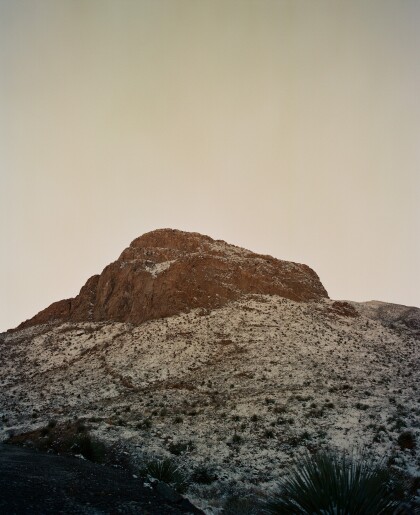
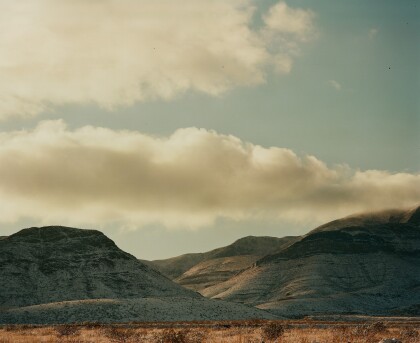
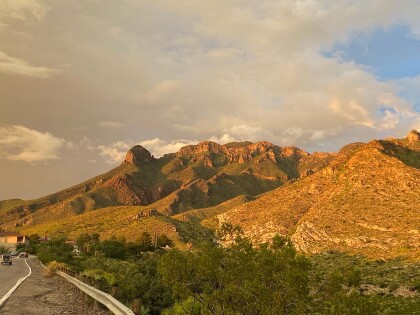
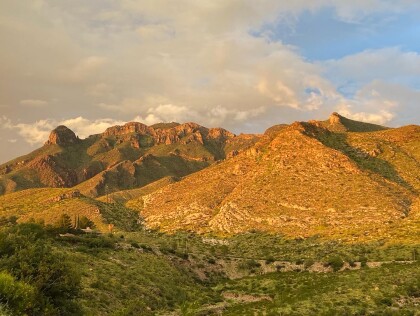
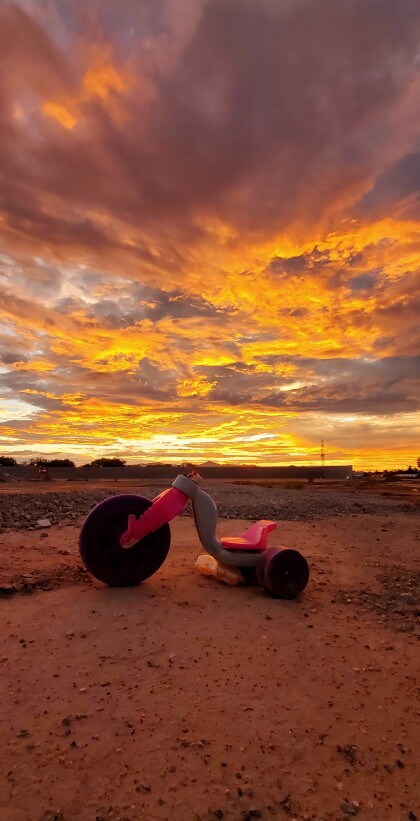
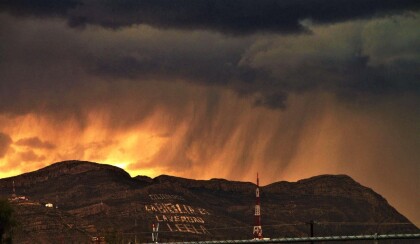

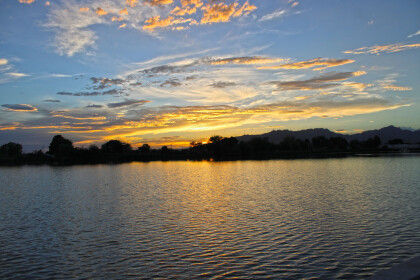
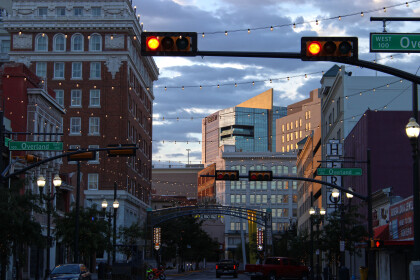
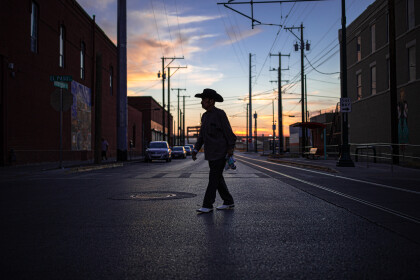
Comments
Add a comment